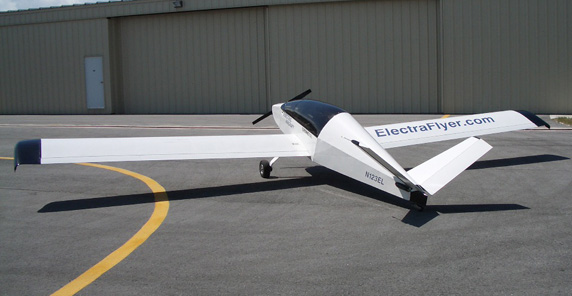The Electraflyer is an electric aircraft. And why not?!


The RRL is having it’s first race ever on 1/2 august in Oshkosh.
These guys aren’t flying planes – they’re flying rockets!


Anyway, they’re now in production again in the USA, so for around $60K you can have a new one!

I hope they manage to get the gearbox to hold up!
ESA PR 15-2008. Jules Verne, the first of the European Space Agency%u2019s Automated Transfer Vehicles (ATV), a new series of autonomous spaceships designed to re-supply and re-boost the International Space Station (ISS), was successfully launched into low Earth orbit by an Ariane 5 vehicle this morning.
It’s around 3 times as large as the US resupply ship and is the most complex European spacecraft built to date.
ESA Portal – Europe launches its first re-supply ship %u2013 Jules Verne ATV %u2013 to the ISS
He’s now planning on a Hummer Hybrid where a jet engine spins up the juice. He reckons he can make it go from 300 to 600 hp and get 60 miles per gallon.

If you’re looking to buy a business jet, ex military jet aircraft, propellor driven aircraft, aerobatic planes, world war one / two replica’s, etc. there’s a good chance you can buy it on internet.
Globalplanesearch is a meta search engine for adverts
Aircraftdealer has a large listing